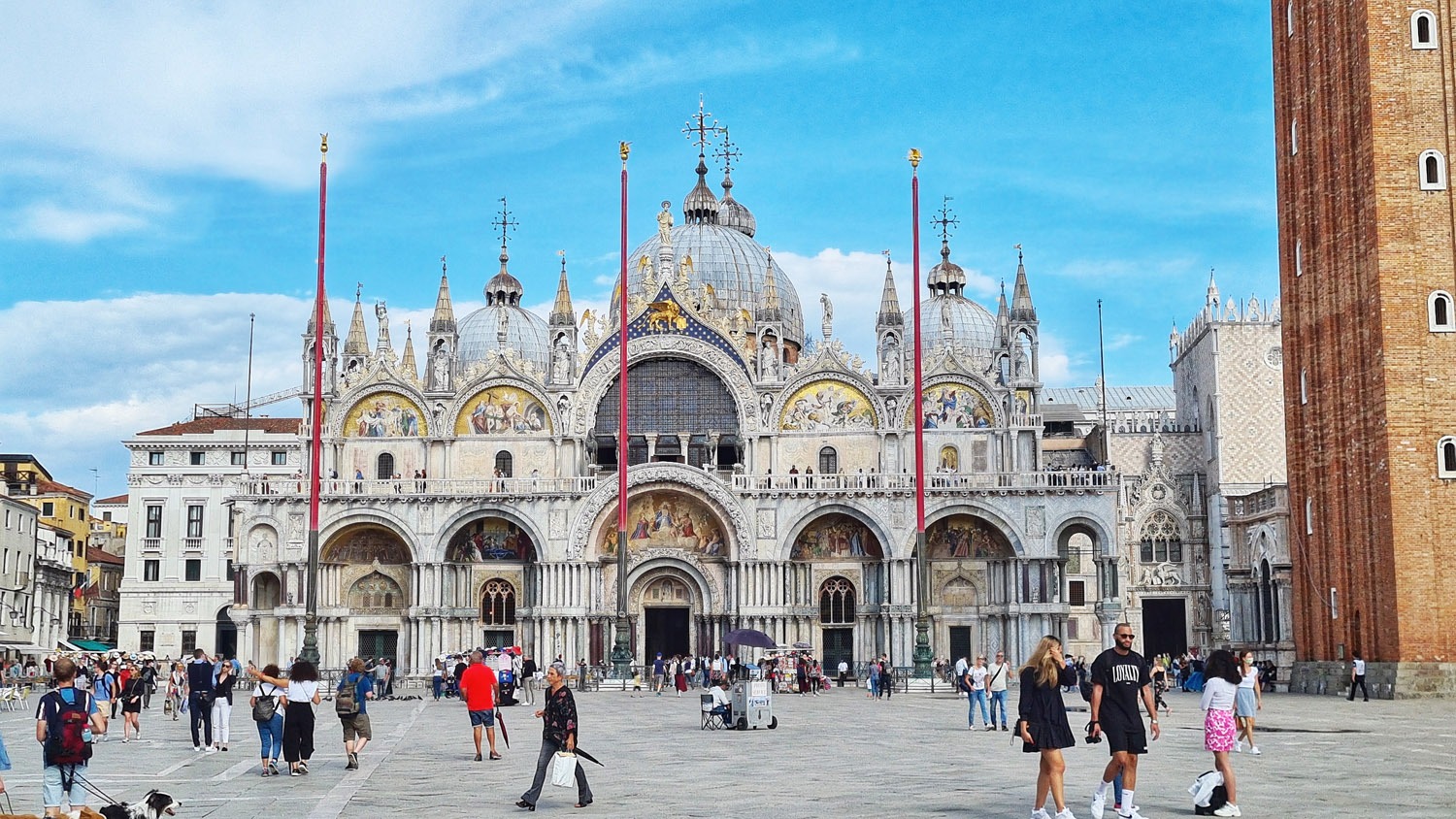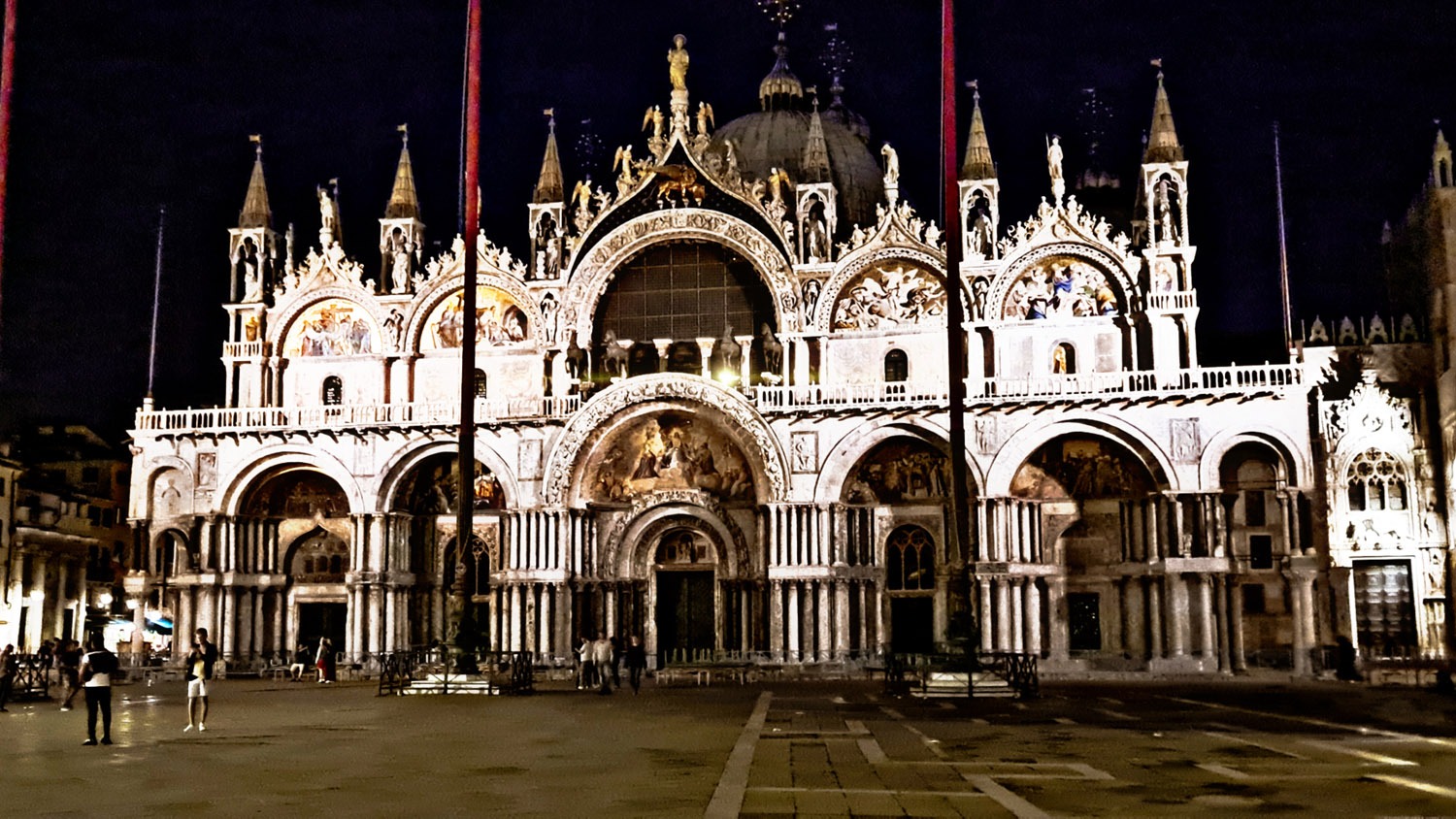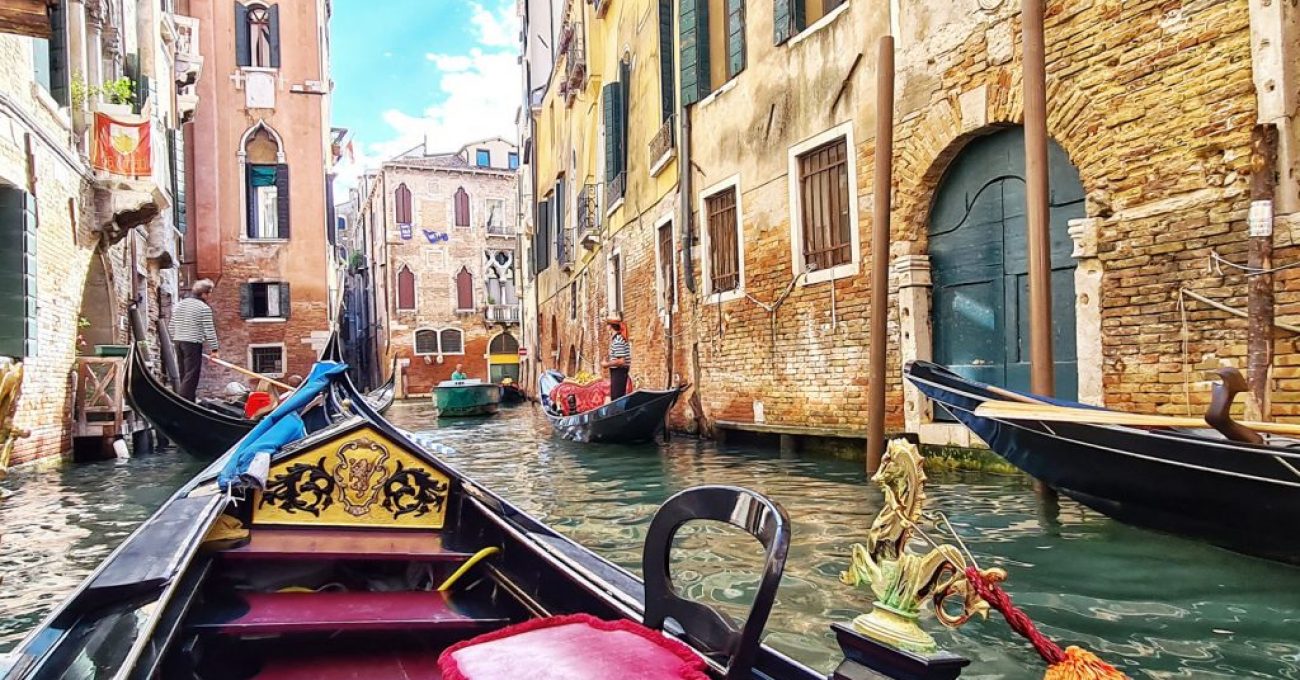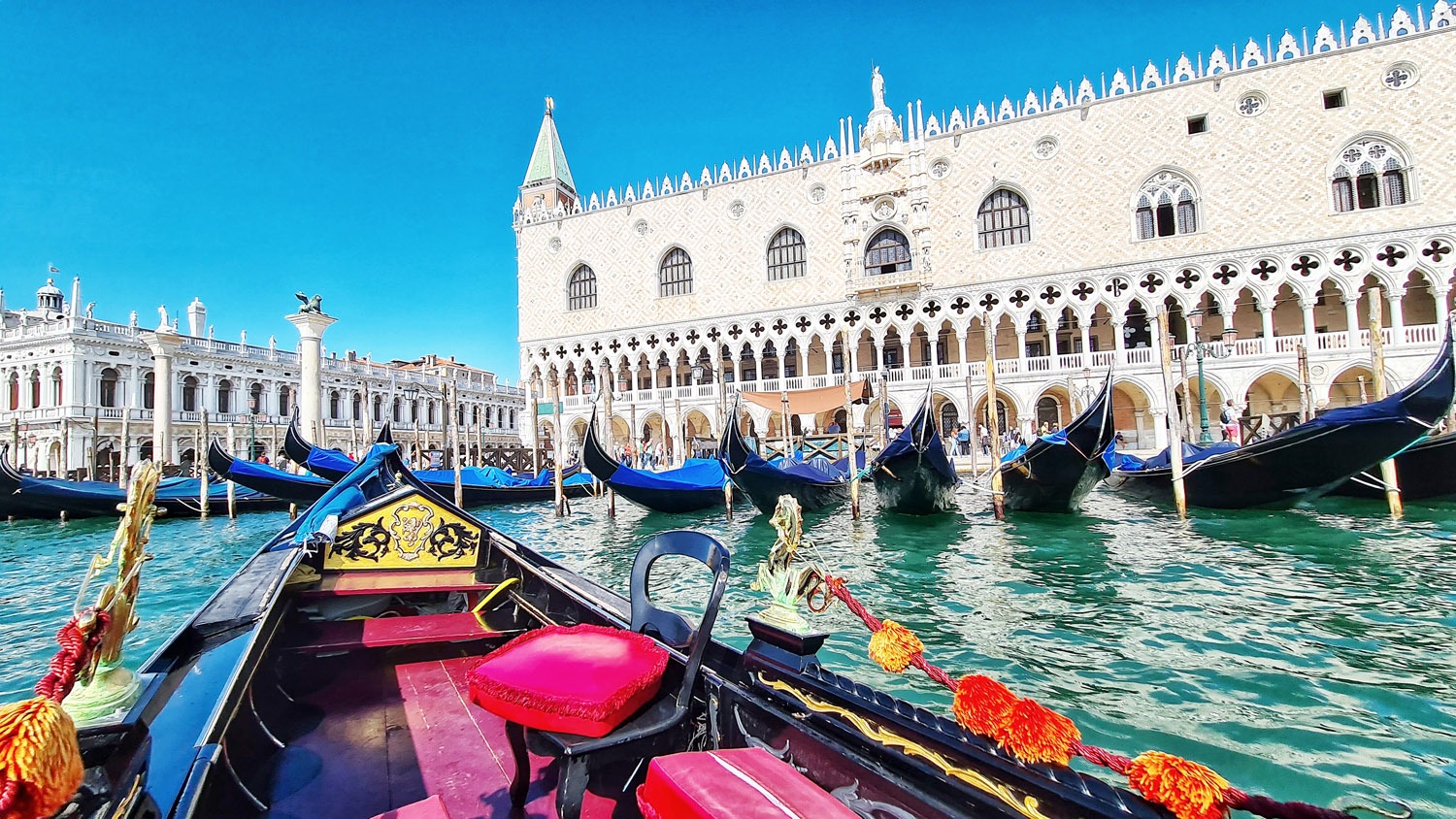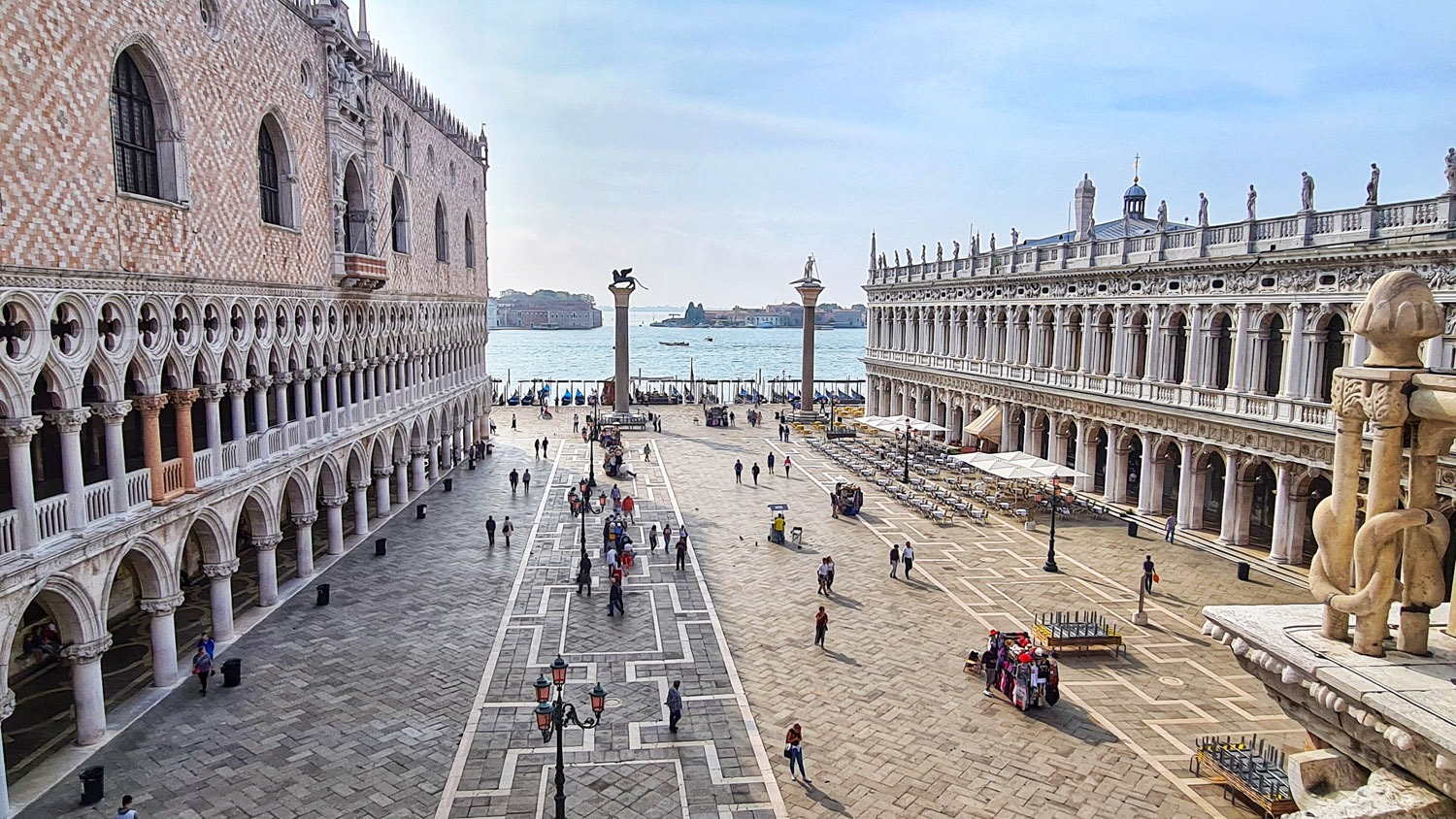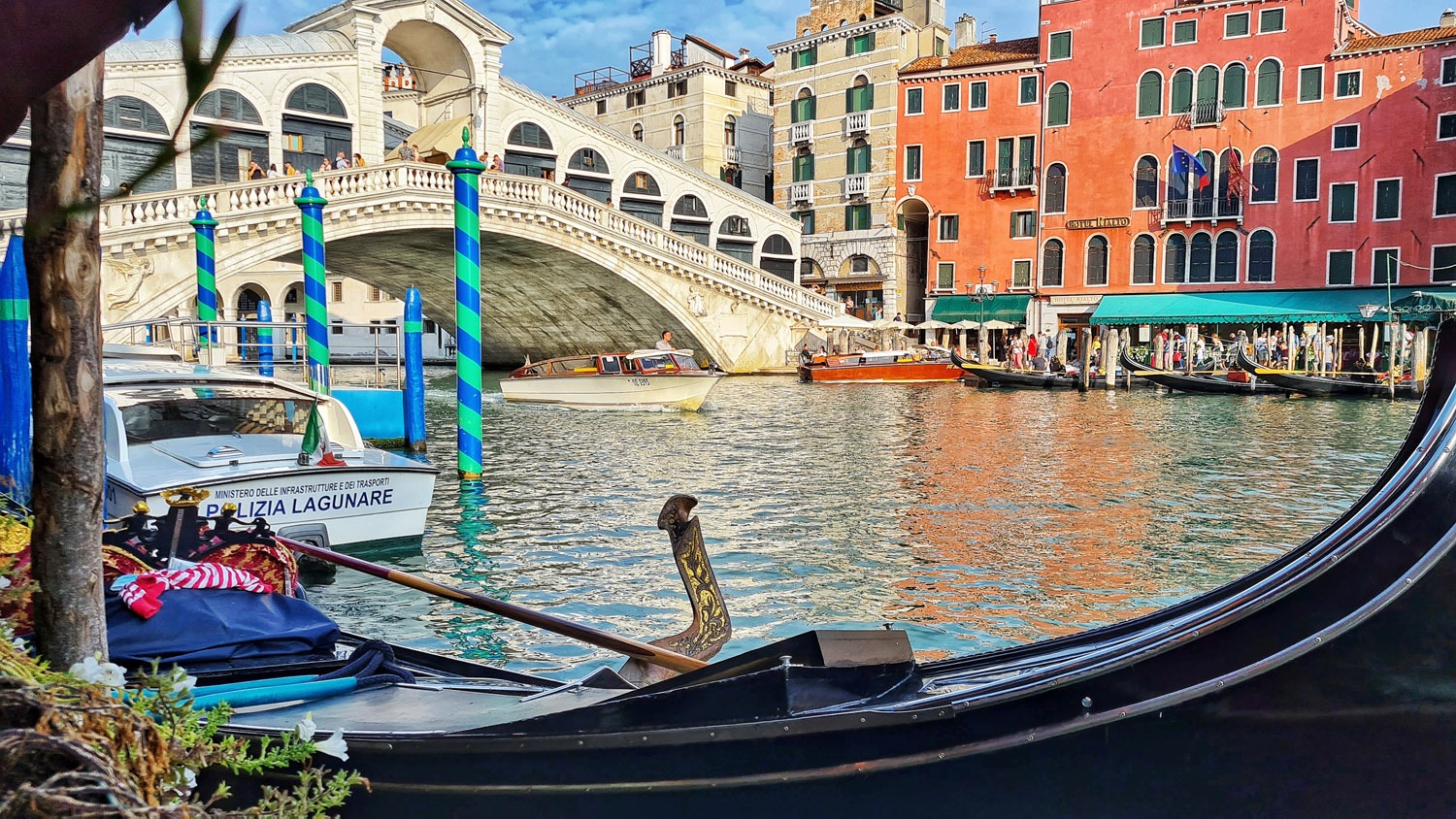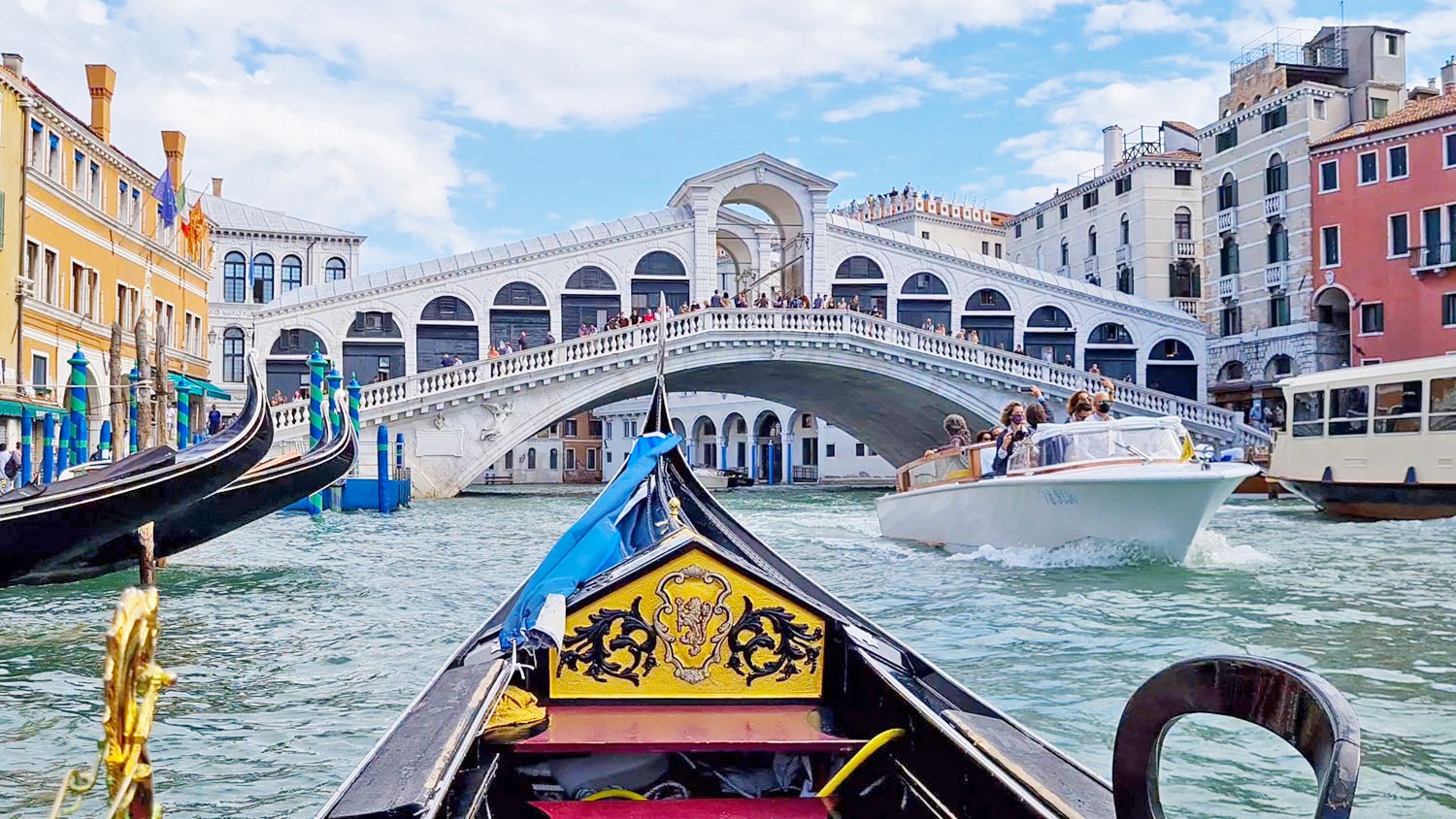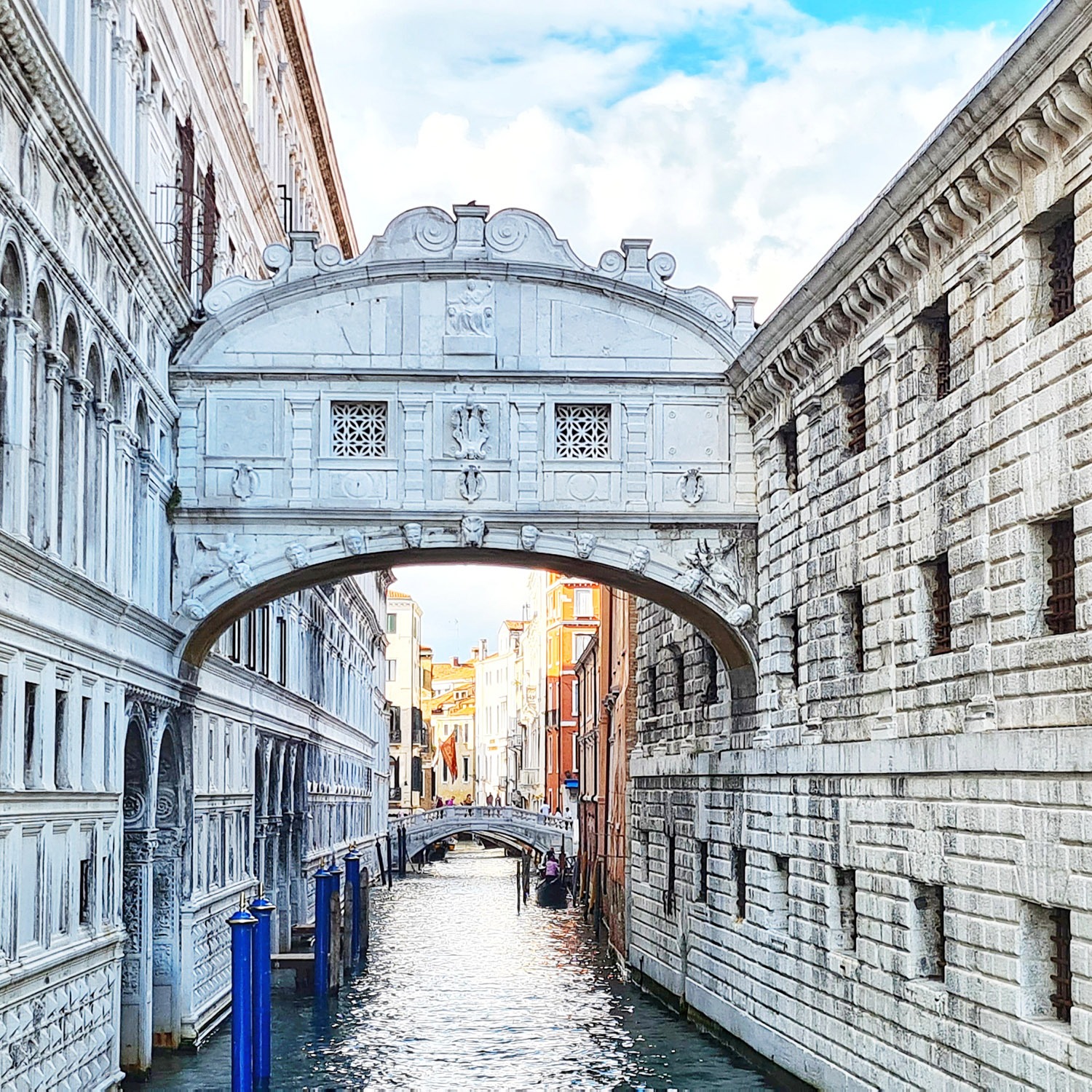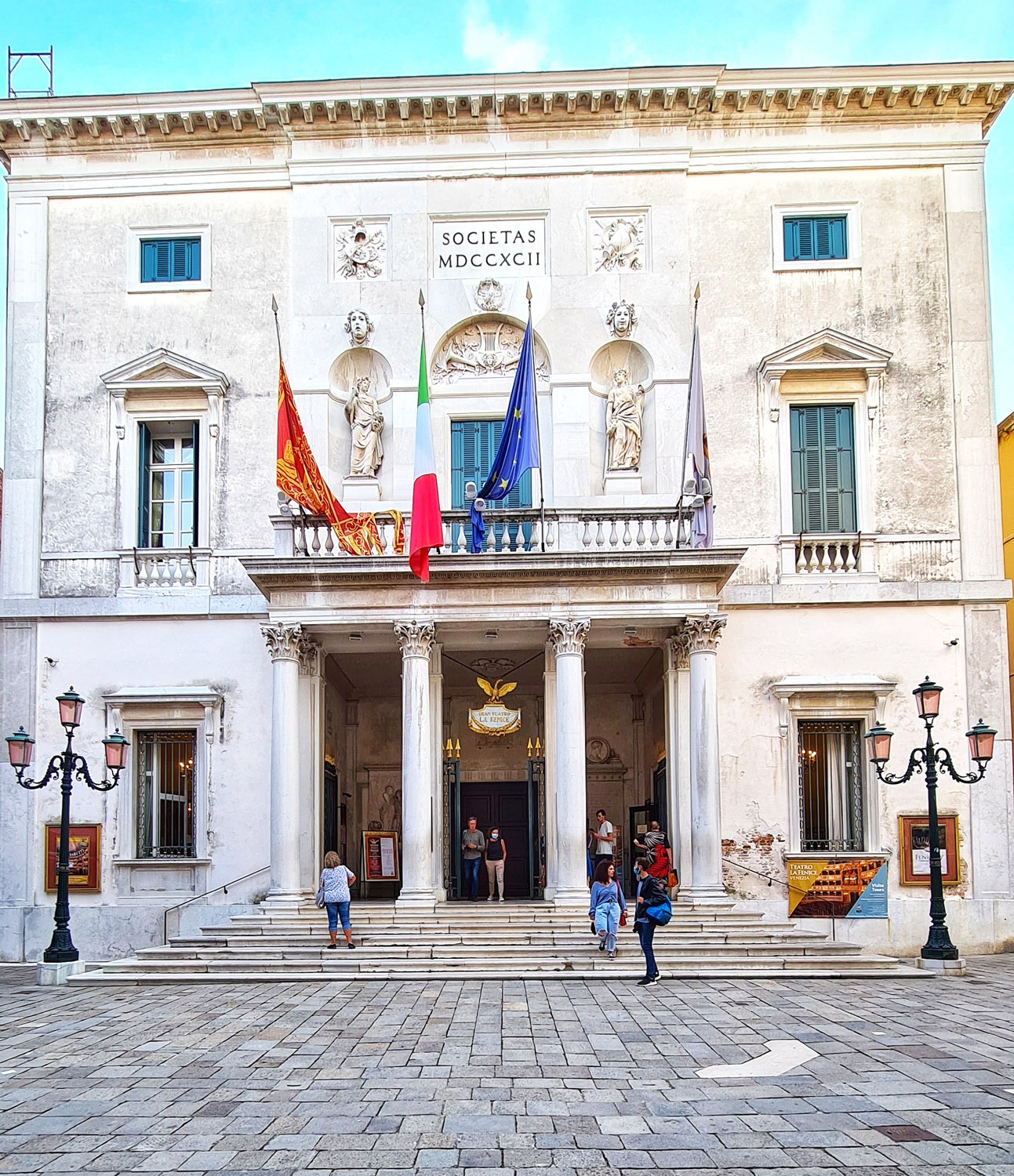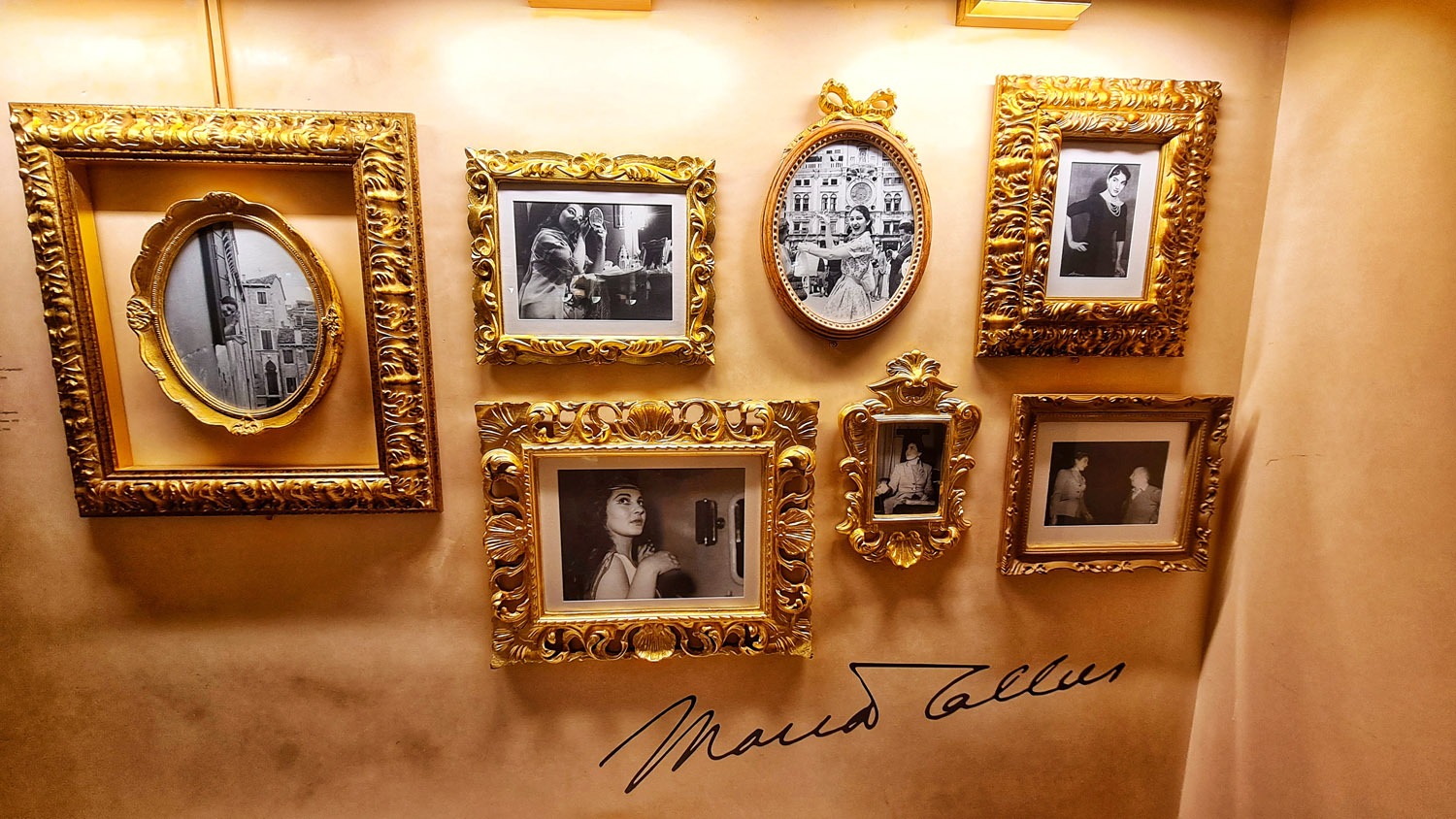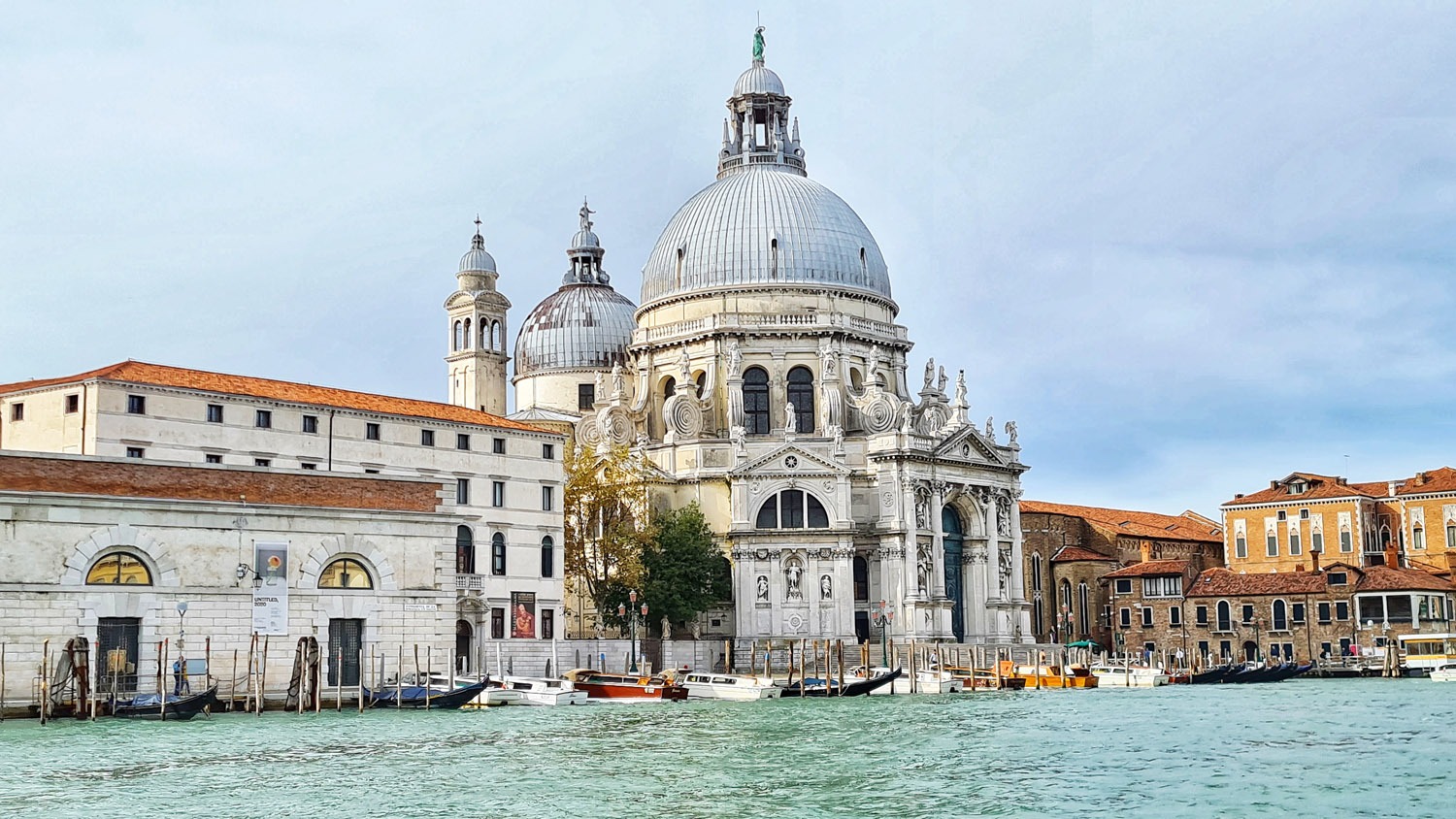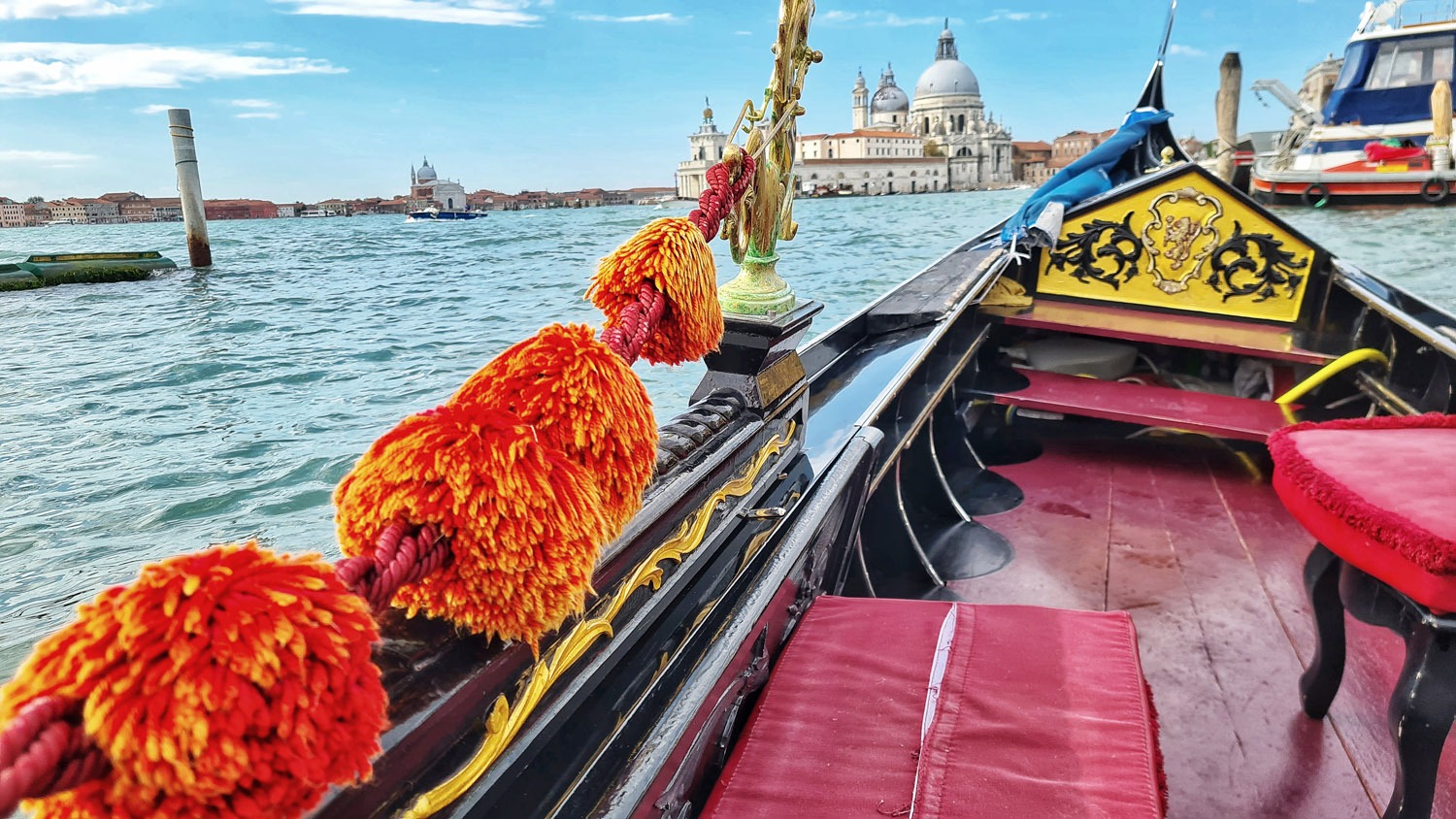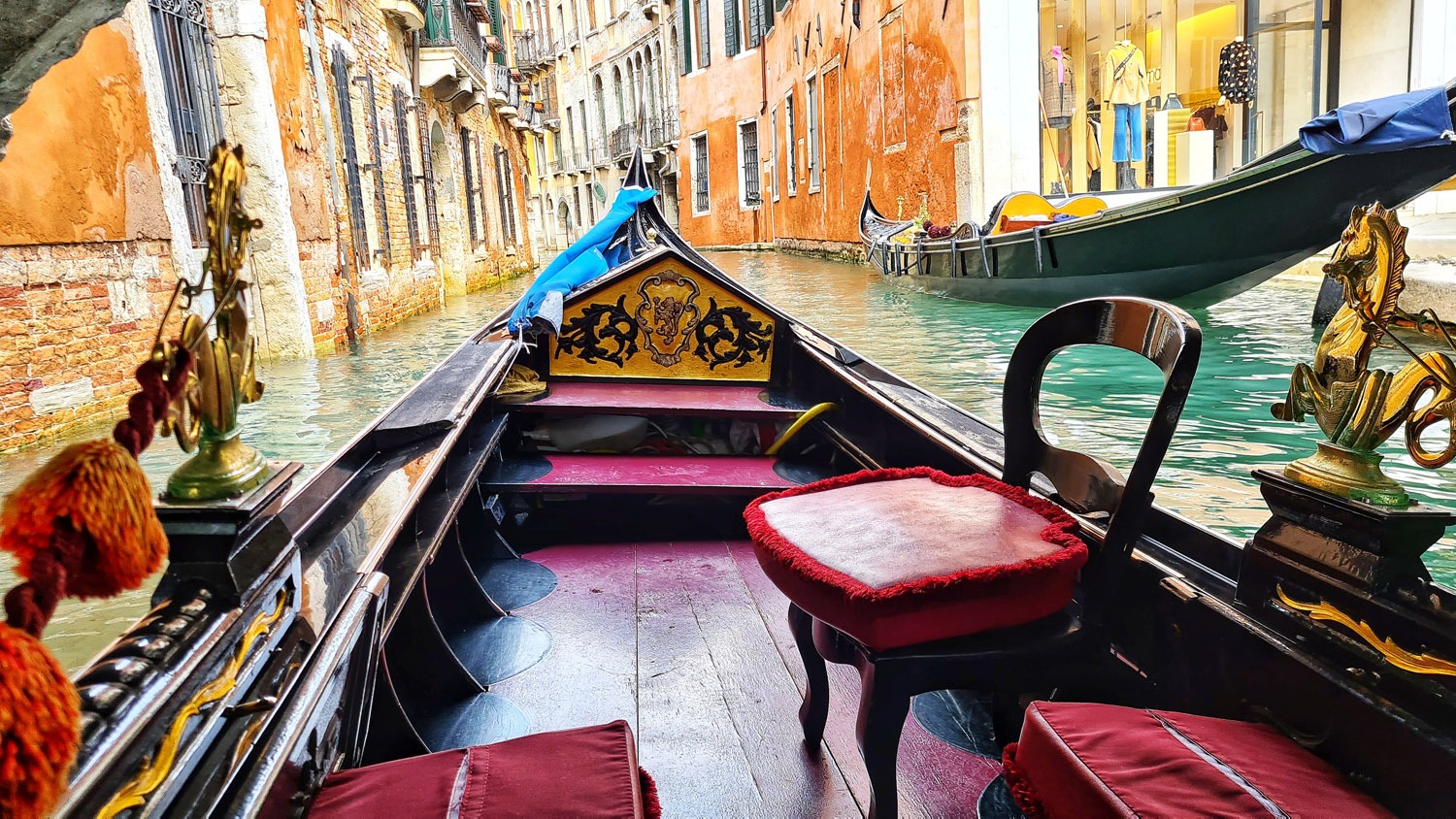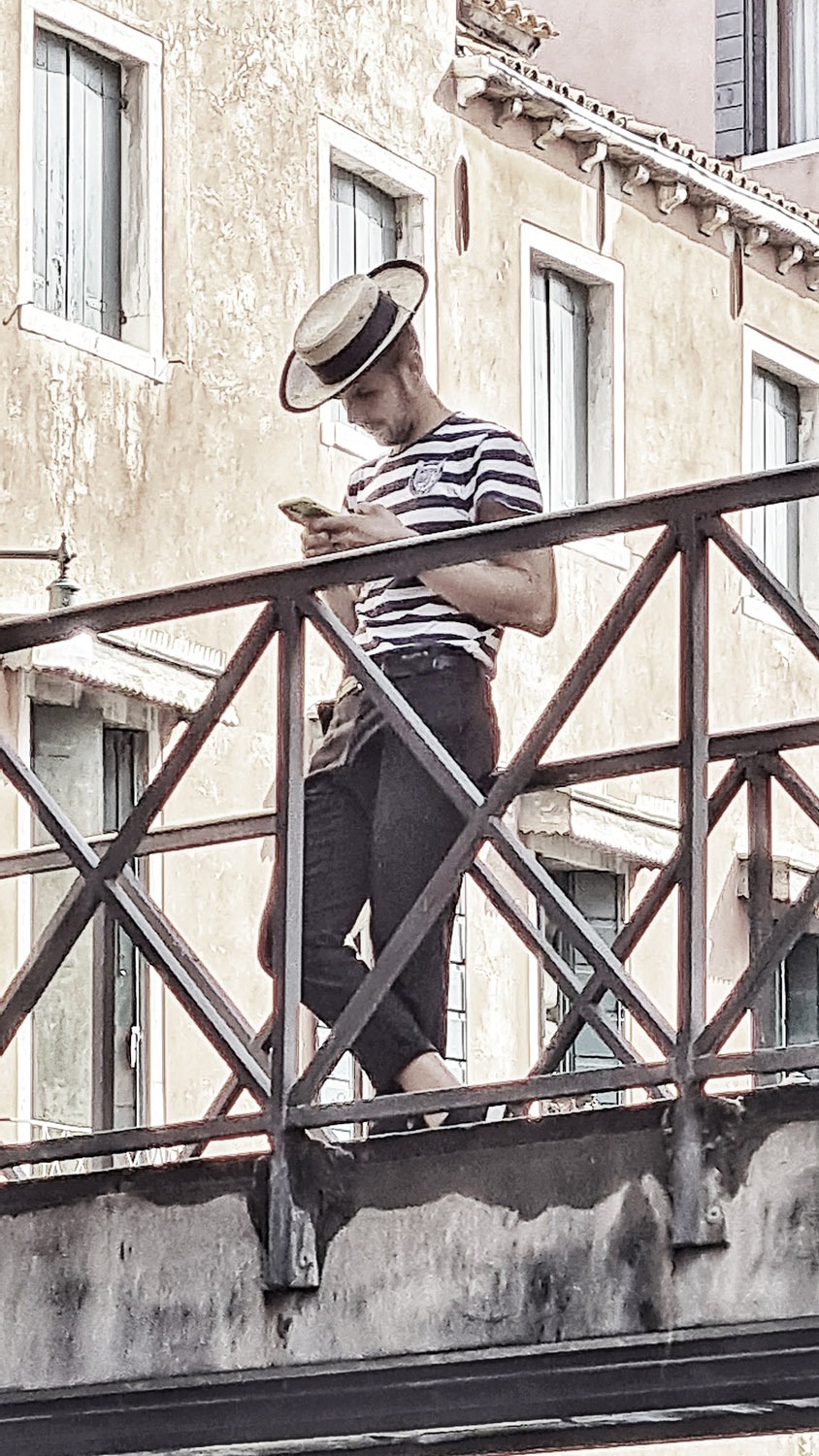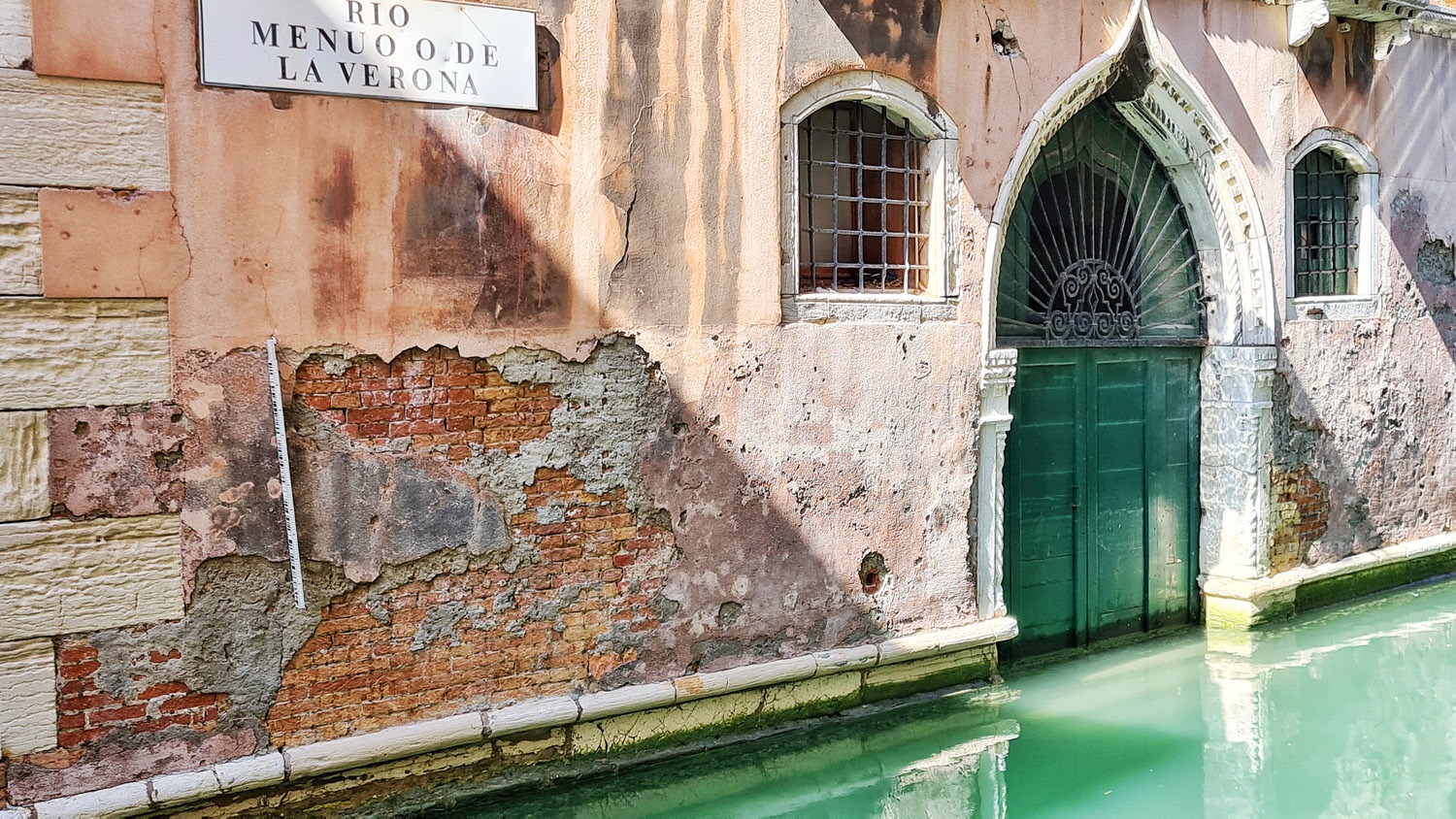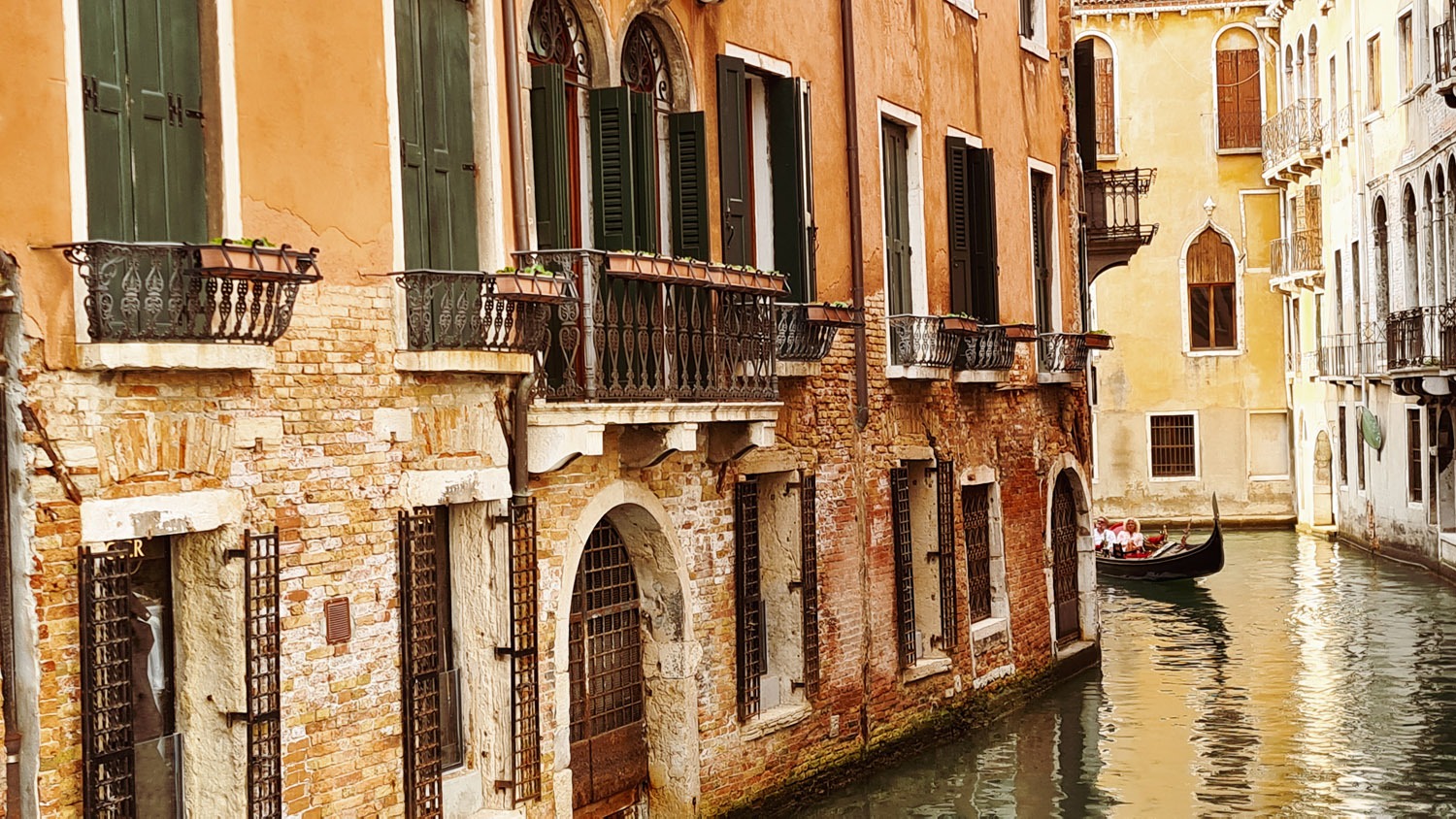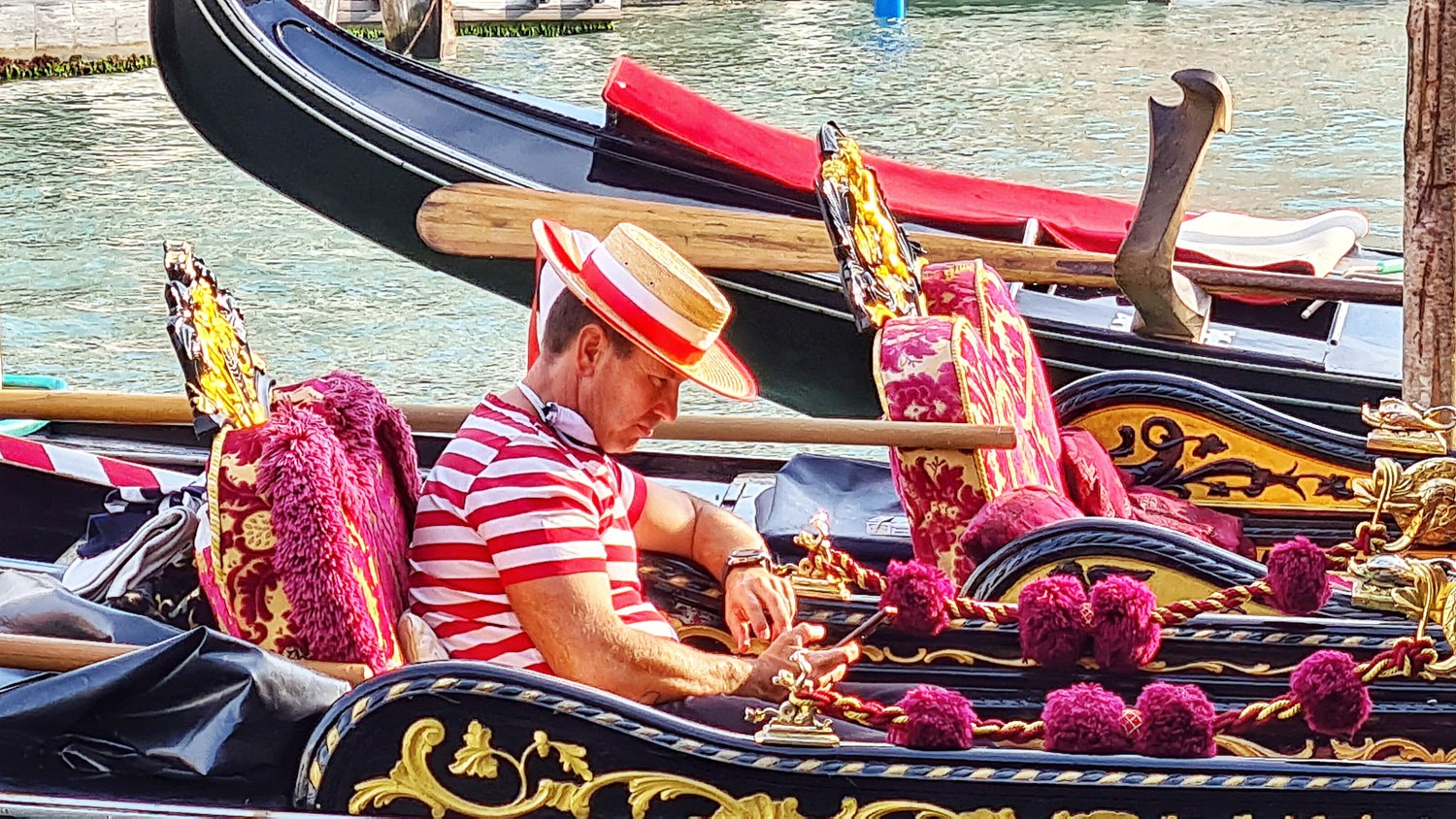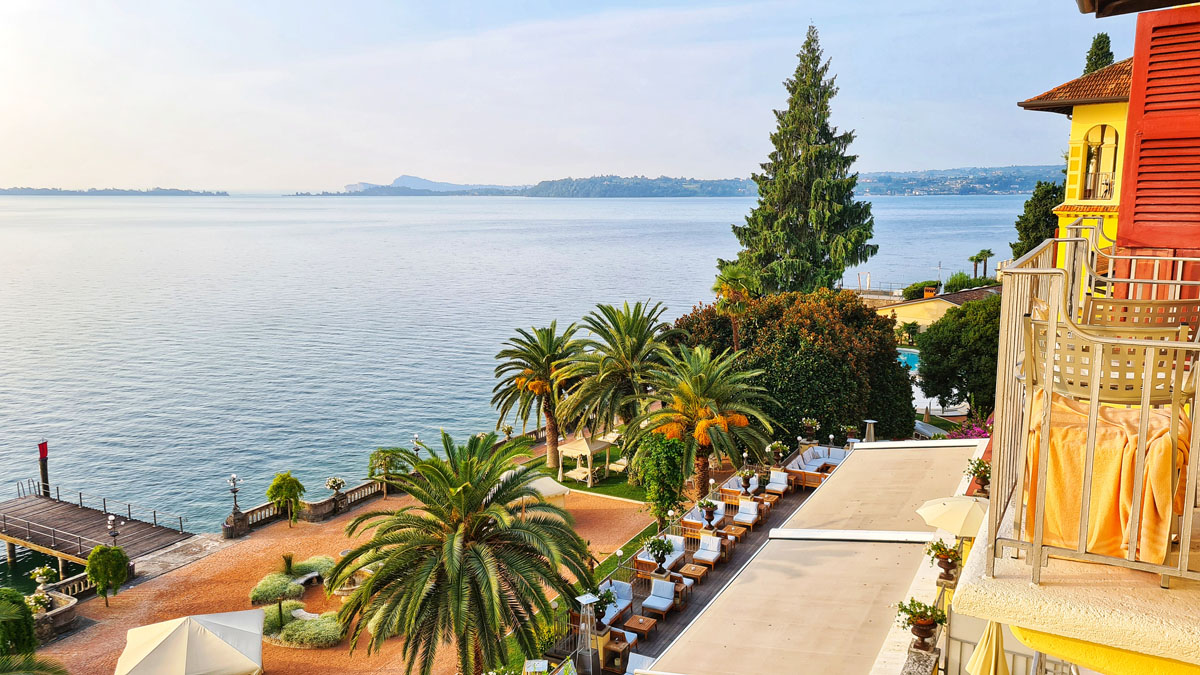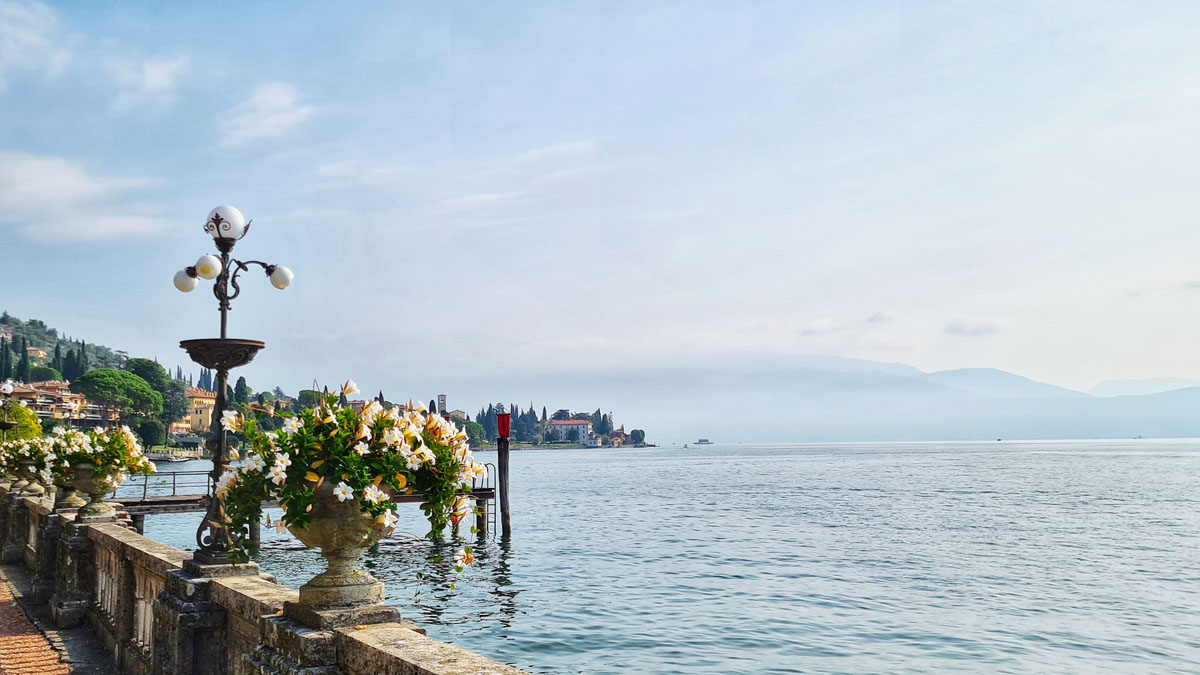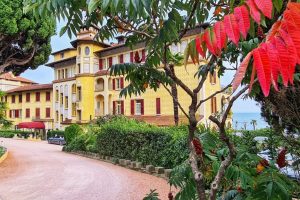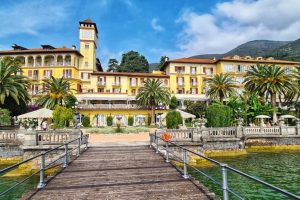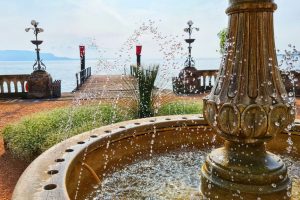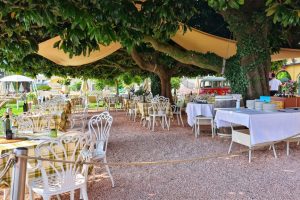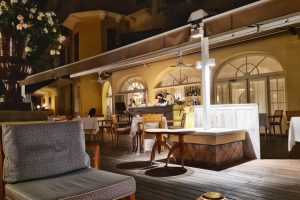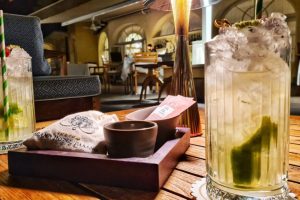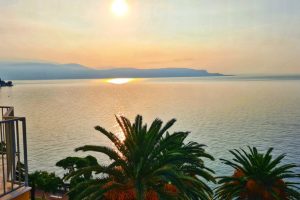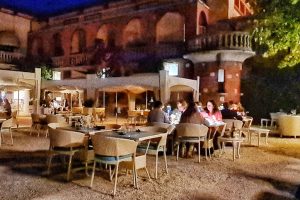The Magic of Venice, Italy
Venice is a unique lagoon city, a city of immense beauty and historical importance, but also unique and not like any other city in Italy. I have now been there for the second time.
We came to Venice directly from Lake Garda. We stayed at the 5 star hotel, Baglioni Luna, 1 minute from Piazza San Marco, with its own gondola station.
The first time I was here was many years ago, it was January and very cold outside. This year, you can’t say otherwise, thanks to Corona, very few tourists are here, the weather was perfect, sunny and warm. This city really has a magic. The beautiful buildings, the architecture, the history, the many beautiful bridges, churches and of course the canals, the heart of this city. You can reach almost every corner by gondola, boat or on foot. There are also an incredible number of great restaurants, expensive boutiques, galleries and bars in the heart of the city.
What are the best things to visit in Venice? I’d like to share the pictures and stations I have chosen for myself.
Images: © 2020 Da Cipriano- all rights reserved
Palazzo Ducale
A bit of history of the Doge’s Palace
One of Europe’s most beautiful and easily recognizable buildings, the Doge’s Palace (Palazzo Ducale) was not only the center of government during the Venetian Republic but also the residence of the Doge. The Doge’s first palace was a wretched, gloomy wooden fortress with massive defensive towers, and after several fires, the castle was converted into a Byzantine-style palace. The one you see today was built mainly in the 14th century, and the façade overlooking the Piazzetta dates from the first half of the 15th century. Although the palace is now a museum, unlike most museums, these paintings were created especially to decorate the Doge’s Palace, not added later. The art works, iconic beauty, and interesting history of the Doge’s Palace make it one of Venice’s major attractions for tourists.
Doge’s Palace was probably built between the 10th and 11th centuries on the basis of a fortified central core. This nucleus was constituted with a central body with towers in the corners forming one of the masterpieces of the Venetian Gothic. In the 12th century, the first restructuring was carried out with the duke Sebastiano Ziani, who transformed the fort into an elegant palace. Later in 1200 a new expansion was realized.
Between 1339 and 1342 during the government of Bartolomeo Gradenigo, the palace began to obtain its present form. The doge Francesco Foscari extended the palace in 1424 towards the side of the Basilica of San Marco. In 1442 the architects Giovanni Bon and Bartolomeo Bon added the Porta della Carta. The inner part houses the apartments of the Doge and was built by the architect Antonio Rizzo after the fire of 1483. Throughout the 16th century there were several devastating fires alternating with restructuring and embellishments like the “Scala dei Giganti” (The Stairs of the Giants) and the creation of the main treasure: the Crucifixion of Tintoretto, painted to replace a damaged mural in one of the fires.
At the beginning of the 17th century, the architect Antonio Contin added the “Prigioni Nuove” (New Prisons), beyond the canal connecting them to the Palace with the Bridge of Sighs, where the convicted went on their way to the new prison. In 1797, after the fall of the Republic of Venice, the Palace was conditioned to house the administrative offices. The prison, called “i Piombi” (the Leads) by the covering of the roof, retained their old function. After the annexation of Venice to the Kingdom of Italy, the palace underwent several restructurings until 1923 when it was destined to become one of the most important museums of Venice. Source
Ponte Rialto
Another Venice landmark, the Rialto Bridge
Rialto Bridge, Italian Ponte di Rialto, stone-arch bridge crossing over the narrowest point of the Grand Canal in the heart of Venice. Built in the closing years of the 16th century, the Rialto Bridge is the oldest bridge across the canal and is renowned as an architectural and engineering achievement of the Renaissance. It was designed and built by Antonio da Ponte and his nephew, Antonio Contino, following a design competition in the city.
The first bridge at that location, known as Ponte della Moneta, was a wooden pontoon bridge designed in 1178 by Nicolò Barattieri. The structure was rebuilt in 1255 and 1264 and, following a number of collapses, was eventually replaced by the Rialto Bridge to provide better access to Rialto, the primary financial centre of Venice. The bridge served as the only fixed structure crossing the Canal until the 1850s; prior to that, pedestrian crossings at other locations were done by gondola ferries.
The Rialto Bridge consists of a single stone-arch span that supports a broad rectangular deck carrying two arcades of shops fronting on three roadways. The lower chord of the bridge is only 83 feet (25 metres) in length, while the width is 66 feet (20 metres). To support the wide stone arch in the soft alluvial soil, 6,000 timber piles were driven under each abutment, and the bed joints of the stones were placed perpendicular to the thrust of the arch. Source
Ponte dei Sospiri
The famous Bridge of Sighs (Italian: Ponte dei Sospiri) is a covered and self-contained bridge over the Rio di Palazzo and connects the Doge’s Palace with the Venice prison.
The famous Bridge of Sighs (Italian: Ponte dei Sospiri) is a covered and self-contained bridge over the Rio di Palazzo and connects the Doge’s Palace with the Venice prison. The Doge’s Palace housed the court and so the bridge was mostly used by prisoners. Either to get to the court hearing or on the way back, after the sentencing, to take a last look at the lagoon with a sigh. There are two ways to do this, separated by a wall.
It was built between 1600 and 1603 and is much more attractive from the outside than from the inside. A visit is possible in connection with the Doge’s Palace and makes sense, as you can also visit the court and the new prison in connection with it. By the way, the most famous prisoner who was led across the Bridge of Sighs in Venice was Casanova. He is supposed to be the only one who managed to escape – at least he reports about it in detail in his memoirs.
If you only want to take a look at the Bridge of Sighs from the outside, you should do so from the Ponte della Paglia. However, one must always reckon with some crowds here.
The Bridge of Sighs is the declared goal of many couples, who kiss during a ride in a traditional Venetian gondola under the Bridge of Sighs, thus sealing the eternity of their love, provided that this kiss happens at sunset.
Teatro La Fenice
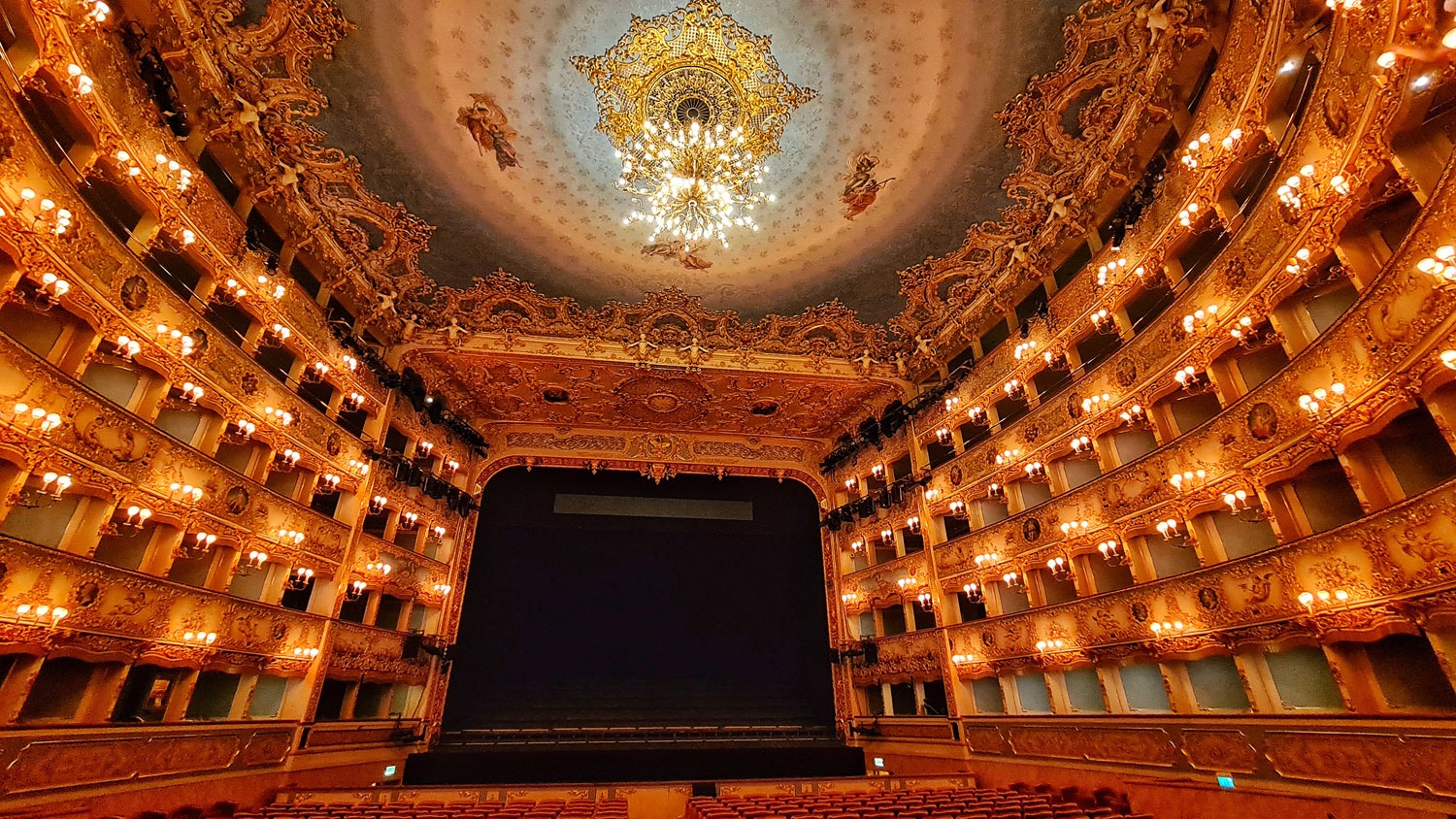
For those who love opera, really must visit the opera house La Fenice. Also worth a visit for non-opera lovers. The unique architecture inspires everyone, it is definitely a must for making your stay in Venice unique.
The visit between the stuccos and gold of its prestigious venues let you take a look at the secrets of the Theater and its stars, tracing its history from its origins to the present day. The name La Fenice (The Phoenix) is a reference to an earlier opera house that burnt down in 1774. History was to repeat itself in 1836 and again in 1996 when the beautiful gilt-encrusted theatre was reduced to ashes in a mysterious blaze. Two electricians, apparently behind on repairs, were found guilty of arson. Venice without La Fenice was unthinkable and worldwide donations poured in, enabling the construction of a €90-million replica, which reopened in late 2003. Some critics had lobbied for an avant-garde design by Gae Aulenti, but regardless, the reprise performance of La Traviata was a sensation.
The Theatre hosts a Maria Callas exhibition focused on her Venetian years. Check out here…
Maria Callas Farewell Concert’ 1973
Basilica Santa Maria della Salute
..is one of the best known in Venice, whose dome is visible from all over the city. It was constructed to celebrate the end of the plague in 1631.
Santa María della Salute is one of the most important religious buildings in Venice. Its striking dome is depicted in most of the city’s postcards.
Salute, as it is commonly known, was founded in 1631. The basilica was built to commemorate the end of a terrible outbreak of the plague that began in 1630, and killed a large portion of the Veneto population. It was dedicated to Our Lady of Health (Salute in Italian).
The architect, Baldassare Longhena, was commissioned to design the church and had also been responsible for the construction of the Ca’ Rezzonico. Santa Maria della Salute took 56 years to build and was completed in 1687.
- Santa Maria della Salute is on the opposite side of the Grand Canal from St. Mark’s Square, near the triangular tip of the Dorsoduro quarter.
Decoration
The Basilica’s interior is octagonal with small chapels on each side of the building. Although the church’s decoration is quite plain, there are several impressive paintings by Titian and Tintoretto.
The most magnificent canvas is called “Marriage at Cana” by Tintoretto. It is located in the sacristy. Source
- Santa Maria della Salute is on the opposite side of the Grand Canal from St. Mark’s Square, near the triangular tip of the Dorsoduro quarter.
Venice Canals
Venice lies at the end of a closed sea and so the lagoon is often the victim of strong fluctuations in water level, which leads to the opposite phenomena of “Acqua Alta”, the flood that submerges the entire city and “Aqua Bassa” that hinders navigation along the lower canals.
In order to experience Venice from all sides, it is advisable to do a canal tour in one day, passing through the Grand Canal and the side canals.
Gondolas and it’s Gondoliere
What would Venice be without its gondolas? The image of the canals is dominated by the gondoliers and with a little luck you will meet a singing gondolier on the Canal Grande.
Those who can afford it should treat themselves to this unforgettable experience. The beautifully dressed gondoliers with straw hats drive the guests with their jewellery like gondolas through the silent canals between the palaces of the city, have to bend down to avoid getting a bump on the low bridges.
Each of the gondolas is handmade by local craftsmen and richly decorated. In the past, the gondolas were brightly coloured and magnificent, but this is forbidden today. So all gondolas are painted black. If you look closely at the gondolas, you will see that they are not symmetrical, but that the rear end is slightly bent, which makes it easier for the gondolier to drive straight ahead.
Saint Mark’s Basilica
A Brief History Of St. Mark’s Basilica
The St. Mark’s Basilica was constructed back in the 9th century. It was built to house the remains of St. Mark’s corpse that was smuggled in from Egypt by Venetian merchants. The original building was torched to the ground in 932, but was rebuilt to become the magnificent structure that the world admires today. This new structure is made of layers of white marble that were procured from the Middle East. They say, the Basilica we see today is a cosmopolitan version of the original. It also has several elements from Byzantine architecture, making it remarkably exquisite. The structure is well known for having a Greek cross layout and for using a great amount of gold in each of its attractions. Due to this, the St. Mark’s Basilica is often called the Church of Gold.
Inside St. Mark’s Basilica
Designed in the shape of a Greek Cross, St. Mark’s Basilica has splendid marble inlays on the floor arranged in a geometric pattern along with animal designs. The interiors have 8000 sq.m of gilded mosaics over its walls and ceilings. It is said that the mosaic used is enough to cover over 1 and a half American football fields! Below are the highlights of the Basilica’s interiors you cannot miss! Source
